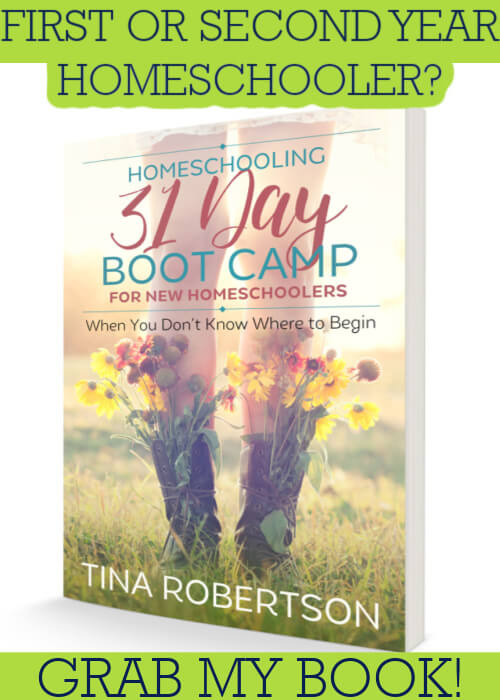I have a fun preschool jellyfish button activity your kids will love. Also, look at my page How to Homeschool Preschool for more learning and playing ideas.
And look at my page Oceans Unit Study and Lapbook for more ocean activities. I have a creative and engaging way to help your preschooler build fine motor skills.
My jellyfish button practice activity is a perfect blend of fun, learning, and tactile play.

Besides having fun, your preschooler will learn more.
For instance, they practice button skills which is an essential life skill.
Also they will explore jellyfish life and learn about the ocean.
And working on fine motor skills helps your preschooler to get ready for things like writing, calculating math and reading.
But too it teaches confidence and independence from an early age
BOOKS ABOUT JELLYFISH FOR KIDS
Then use some of these books as read aloud or just to include your older children in learning about jellyfish.
Younger kids practice their fine motor skills while they older learn too is a win win for the day.
7 Books and Resources about Jellyfish
Add some of these books and resources to your study of jellyfish.
With their undulating umbrella-shaped bells and sprawling tentacles, they are compelling and gorgeous, strange and dangerous. In many places they’re also vastly increasing in number, and these population blooms may be an ominous indicator of the rising temperatures and toxicity of the oceans.
Beautiful and translucent, jellyfish can be deadly but some are perfectly harmless. Learn about the physical traits of jellyfish, how they move, where they are found, and their hunting and sleeping habits.
Describes the life cycle of a female moon jellyfish as she escapes the many hazards of the sea to develop from planula to polyp to ephyra to a young adult ready to lay her own fertilized eggs.
SIMPLE DESIGN - FUELS CREATIVITY: One shape, endless possibility! Every brick easily connects to the next. Create colorful flat mosaics or work in 3-D to make more intricate builds. Mix and match any Plus-Plus set to bring more ideas to life!
CHALLENGE GAME - Wooden jigsaw puzzles with uniquely shaped pieces are actually more challenging than traditional woodcut puzzles. It is absolutely going to be a great adventure!
Describes the general characteristics and functions of a variety of jellyfish with emphasis on the ones to avoid.
Once, the ocean was full of friends. Then a little jellyfish notices that things are changing--friends are disappearing! He sets out to discover the truth and learns that everyone has a part to play in protecting the careful balance of the ocean. "Bloom" refers to a substantial increase in jellyfish population that can be caused by climate change and pollution. In this beautifully illustrated, timely, and topical tale, the jellyfish band together to deliver an important message.
Also, look at the benefits of learning through playing.
BENEFITS OF LEARNING THROUGH PLAY
- Fine Motor Skills:
- Strengthens small hand muscles and improves finger coordination by practicing buttoning.
- Hand-Eye Coordination:
- Helps children align the slit with the button and manipulate the felt accurately.
- Color Recognition & Patterning:
- Kids can match or alternate tentacle colors to make creative combinations.
- Creative Expression:
- Encourages imaginative play and design choices as kids build their own jellyfish friends.
Then, look at more how to preschool activities.
MORE ACTIVITIES FOR PRESCHOOL
- Free Find And Count Printable & Spring Activities Preschoolers Love
- Letter L Handprint Craft | How to Make a Lobster Handprint
- How to Make a Queens Crown | Letter Q Crafts for Preschoolers
- How to Make Goodnight Gorilla Craft Puppets for Storytime
- Jumpstart Learning with the Free Alphabet Frog Lily Pad Game
- Sensory Play Made Easy: Crafting a Community Helpers Sensory Bin
- Easy Spring Activities For Preschoolers Science And Fun Busy Book

And then look at more jellyfish activities.
MORE JELLYFISH ACTIVITIES FOR KIDS
- Celebrate World Jellyfish Day With A Jellyfish in a Jar Preschool Activity
- Easy Jellyfish Bubble Painting
- Learn How to Make an Easy Jellyfish Lights Craft.
- JellyFish Craft Made From Coffee Filters
Finally, look at how to do this fun activity to strengthen fine motor skills and teach an essential life skill.
PRESCHOOL JELLYFISH BUTTON ACTIVITY
Here is your easy list of supplies.
- Felt sheets
- Scissors
- Hot glue gun.
- Buttons (small to medium size). Note: Bigger buttons can make this easier but adjust accordingly.
And of course your child can help as you make it, but your child will really love playing with it more.

First, create the jellyfish head.
Cut a large jellyfish head shape out of felt.
A rounded dome with a flat bottom works best.

Then attach the eyes.
Hot glue two buttons onto the top portion of the jellyfish head to act as eyes.

Next, add buttons for tentacles.
Along the flat bottom edge of the jellyfish head, glue several buttons spaced evenly apart.
These will be used to attach the tentacles.

Finally, prepare the tentacles.

Cut long strips of felt in coordinating or contrasting colors to create the tentacles.
Fold over one end of each strip and cut a small vertical slit through both layers.
This slit should be just wide enough to fit over a button.

Kids will use the slits in the tentacle strips to “button” them onto the jellyfish head.
They will stretch the slit over each button and pull it down until it’s secured, just like buttoning a shirt.
